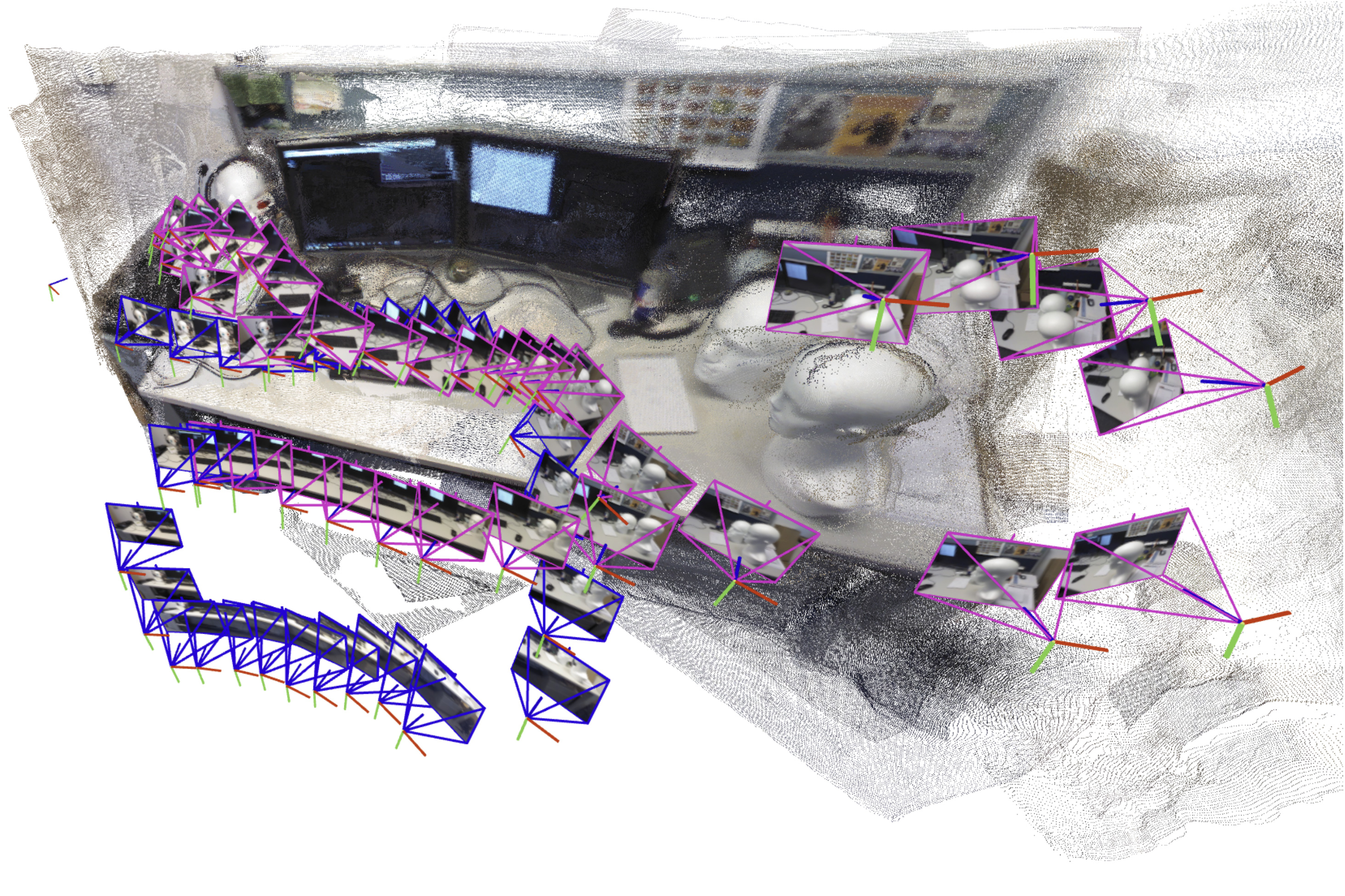Teaching robots to map large environments
PositiveArtificial Intelligence

Teaching robots to map large environments
Researchers at MIT have developed an innovative method that enables search-and-rescue robots to quickly create accurate maps of their surroundings, which is crucial for navigating unpredictable environments. This advancement not only enhances the robots' efficiency in emergency situations but also has the potential to save lives by improving response times during disasters.
— via World Pulse Now AI Editorial System




